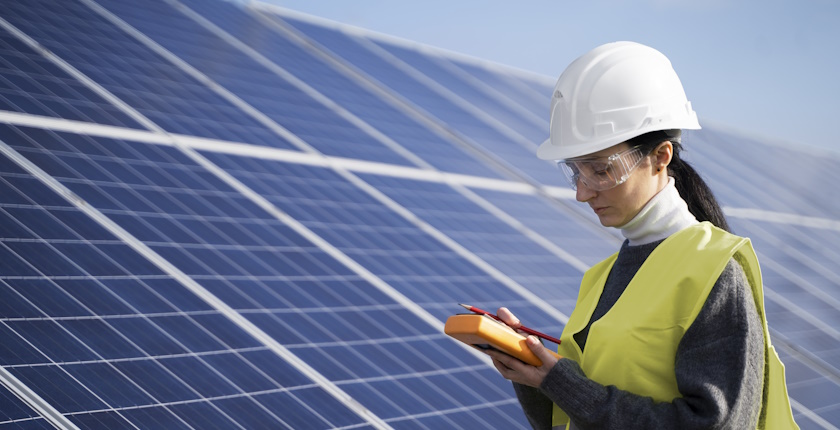
Foto: SolarPower Europe
An increasing number of solar power plants are reaching their expiry date. SolarPower Europe, an association of companies in the sector, has released a report titled End-of-Life Management: Best Practice Guidelines.
Last year the European Union added solar power plants and residential photovoltaic systems with a record-breaking total capacity again, 55 GW, bringing the level to 263 gigawatts. With the staggering expansion in the sector, responsible management of solar panels reaching the end of life or malfunctioning is gaining in importance.
Green technologies lose their environmental friendliness when it’s time to dismantle the equipment. Solar panels typically operate for about 30 years. Photovoltaic waste is expected to reach 4% to 14% of total electricity production capacity by 2030 and rise to as much as 60 to 80 million tons by 2050.
With its new report End-of-Life Management: Best Practice Guidelines, SolarPower Europe attempted to address the proper handling of key components of a solar power system when they reach the end of their operational life, including their removal and replacement.
Hemetsberger: Solar will be the backbone of Europe’s green transition
Arguing that circularity is also becoming an increasingly important issue, the paper presents recommendations on how to assess the potential for a “second life” or extension of a solar system’s lifespan.
Furthermore, the document analyzes key European laws regulating waste management, particularly electronic waste from solar equipment.
“Solar will be the backbone of Europe’s green transition, and this needs to come with sustainable growth. This new report will support the sector in diligently managing end-of-life solar panels, and ultimately, strengthen the sector’s resilience going forward”, said Walburga Hemetsberger, CEO of SolarPower Europe.









Be the first one to comment on this article.